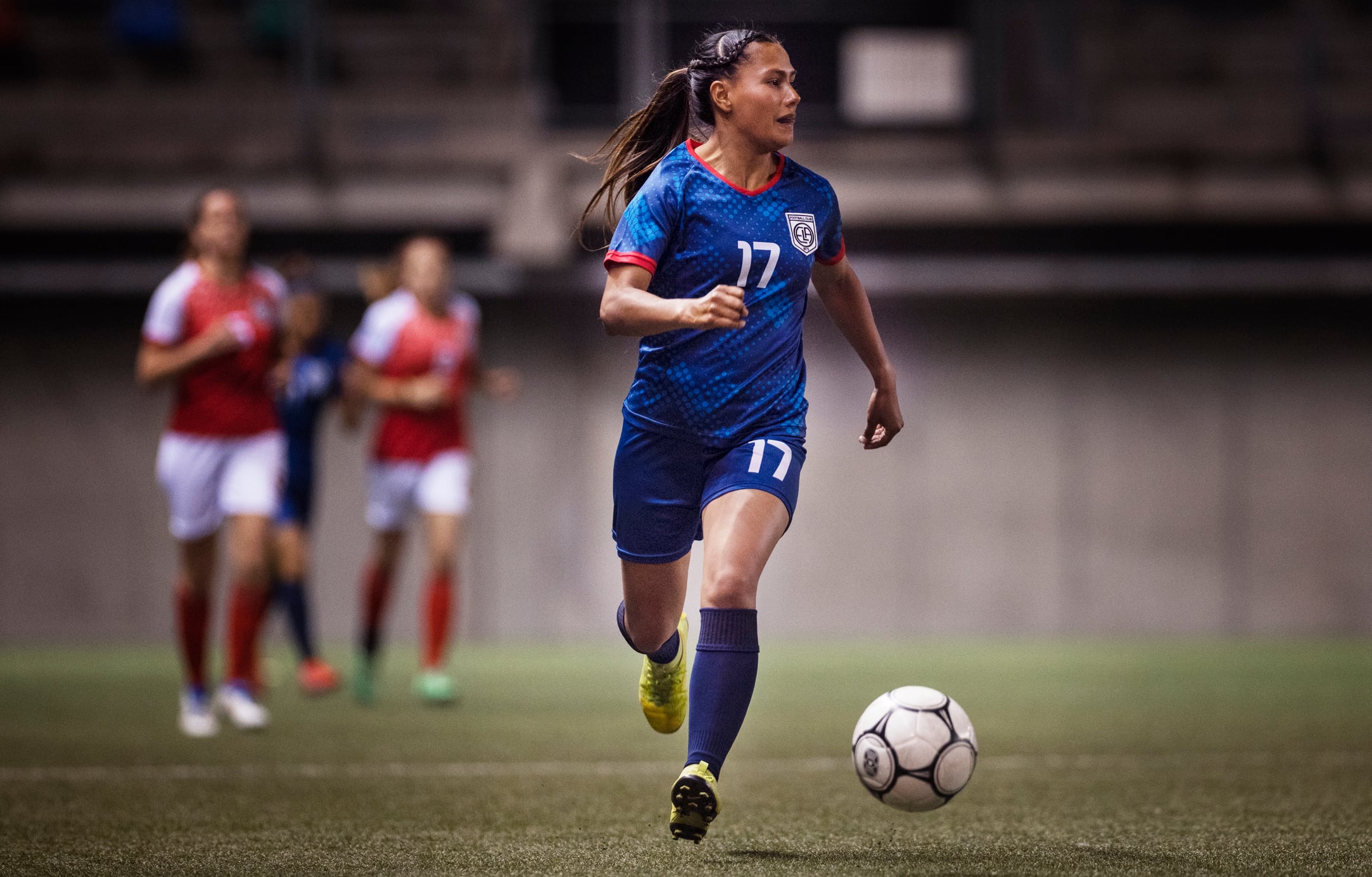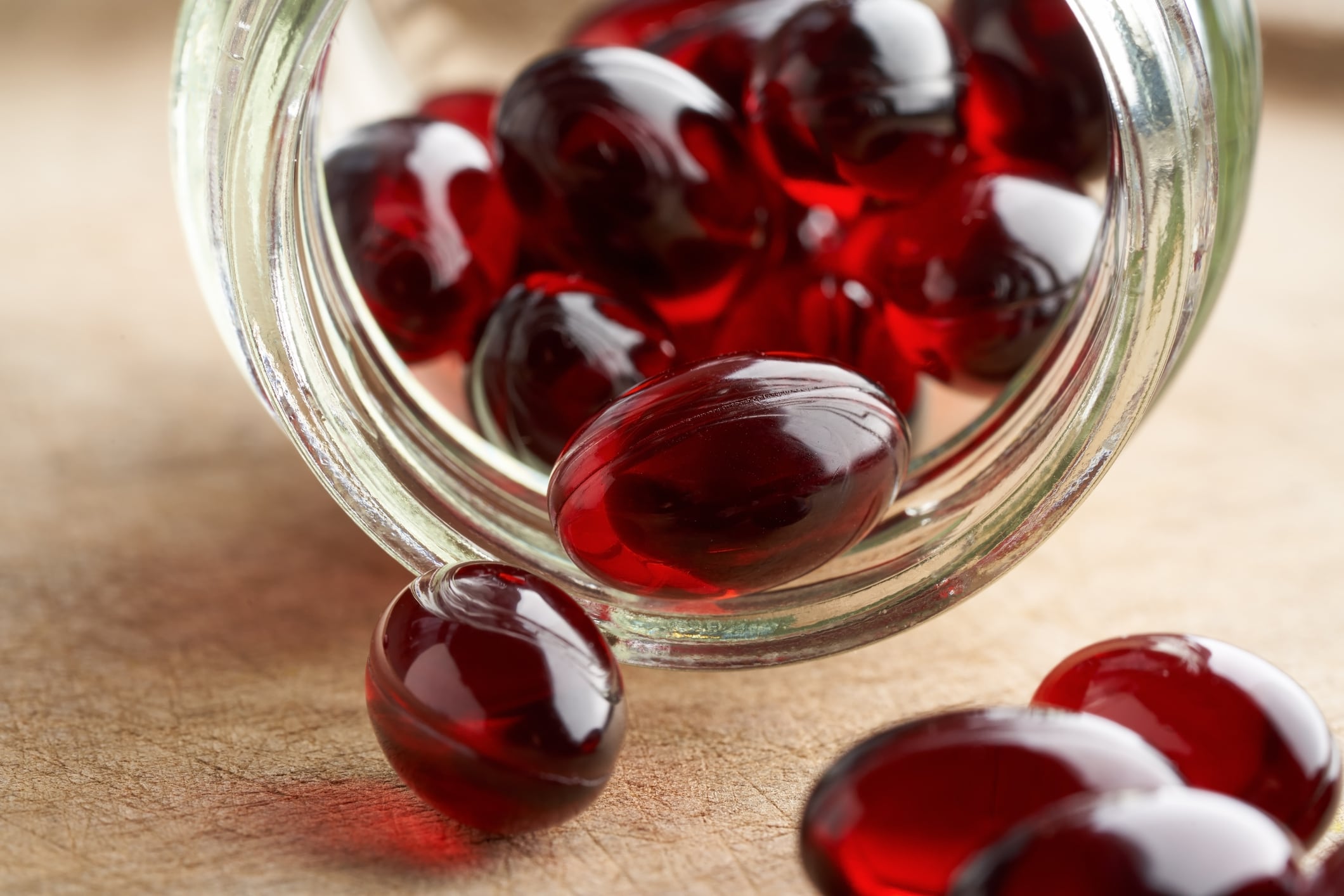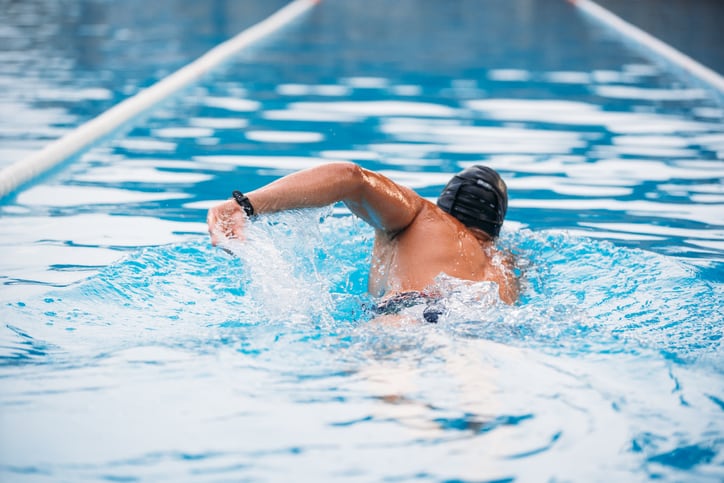The authors of a recent randomized, double-blind, placebo-controlled trial reported that supplemented players showed improved sprint performance, greater total distance covered and better recovery metrics, compared to a placebo group.
Although previous studies have examined the effects of citrulline malate (CM) and dietary nitrate (NO3−) individually, no study had investigated their co-supplementation. This study also used nitrate from amaranth extract instead of the more commonly studied beetroot.
Given the physiological complementarity of the components, the researchers from Universidad Católica de Murcia, Spain, hypothesized that combining them may offer an effective strategy to enhance performance and recovery by targeting distinct NO synthesis pathways.
Findings indicated that supplementation with NIT + CM increased maximal speed (Vmax) throughout training and match play.
“Considering all findings, it may indicate a modest but consistent advantage for the NIT + CM group in sustaining work rate during training,” the researchers wrote in the journal Nutrients.
“This effect is likely to involve mechanisms similar to those proposed for Vmax, such as enhanced muscle efficiency, improved blood flow and increased ATP production through higher NO availability.”
NO precursors
Athletes frequently use dietary supplements to support training adaptations and competitive performance, with NO precursors ranking among the most widely marketed and accessible supplement groups.
NO is a signaling molecule involved in numerous physiological functions, including vasodilatation, mitochondrial respiration and biogenesis, angiogenesis, muscle glucose uptake, and sarcoplasmic reticulum calcium handling.
Through these mechanisms, NO has been linked to enhanced muscle efficiency, reduced oxygen demand during exercise and improved neuromuscular recovery.
The body produces nitric oxide (NO) in two main ways. One is through the NOS-dependent pathway, where NO is made from the amino acid L-arginine using enzymes called nitric oxide synthases (NOS). The other is the NOS-independent pathway, which uses nitrates (NO₃⁻) and nitrites (NO₂⁻) from foods like beets and spinach. These compounds are converted into NO through a series of steps involving saliva, the stomach and body tissues—especially under low oxygen or acidic conditions, like during exercise.
Given these pathways, it has been suggested that combining different NO precursors, such as dietary NO3− and citrulline, may further enhance its bioavailability.
Beetroot juice has been the most extensively studied source of inorganic NO3−. However, alternative dietary sources, such as amaranth, have gained attention in recent years as potential alternatives, although research remains limited.
Study details
The trial involving 34 female soccer players was the first study to evaluate the combined effects of CM and dietary NO3− under a chronic supplementation protocol in professional soccer players.
It involved a four-week daily supplementation protocol combining 500 mg of NO3− from amaranth extract and 8 g of CM (NIT + CM) during pre-season.
Global positioning system (GPS)-derived external load was recorded throughout the intervention. Performance tests—a countermovement jump (CMJ) test and the Wingate anaerobic test (WAnT)—and blood sampling for plasma NO3− and nitrite (NO2−) concentrations were conducted at baseline and the day after a competitive match.
Resulting data indicated supplemented players exhibited improved sprint performance, reduced muscle soreness and lower perceived fatigue.
Specifically, players who received the NIT + CM product consistently achieved higher Vmax values during both training sessions and matches, along with greater total and walking distances and a higher distance covered per minute in training.
The NIT + CM group showed better preservation of anaerobic capacity the day after a competitive match, with significantly smaller reductions in mean and minimum power during the WAnT.
The researchers concluded that the combination of nitrate and citrulline malate may be a promising ergogenic aid for female athletes, particularly in team sports requiring repeated high-intensity efforts.
“Physiologically, increased NO availability may have enhanced peripheral blood flow during training, improving oxygen and nutrient delivery while facilitating the clearance of metabolic byproducts,” they wrote.
“Moreover, the malate component has been proposed to reduce lactate production by promoting aerobic utilization of pyruvate, especially under high blood flow conditions. This combination may reflect a synergistic effect that supports sustained low-intensity activity and delays fatigue accumulation.”
Limitations include the small sample size used, lack of biochemical markers of muscle damage, variability in training and recovery protocols across participants, and lack of statistical significance in some differences.
The study supports further exploration into gender-specific supplementation strategies in sports science.
Source: Nutrients. doi: doi.org/10.3390/nu17142381. “Impact of Chronic Nitrate and Citrulline Malate Supplementation on Performance and Recovery in Spanish Professional Female Soccer Players: A Randomized Controlled Trial”. Authors: Ramírez-Munera, M. et al.





